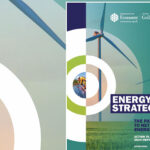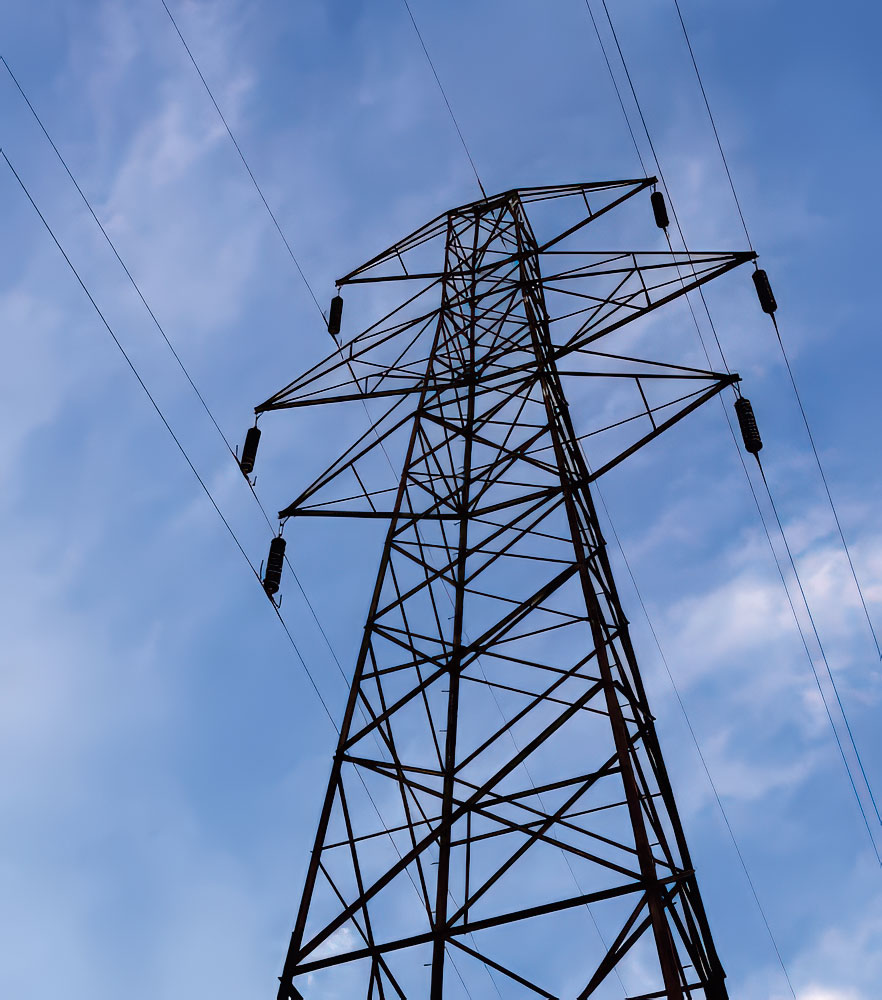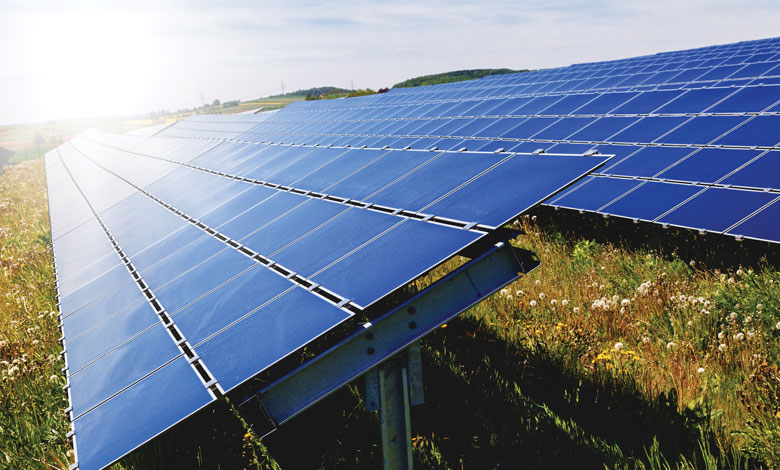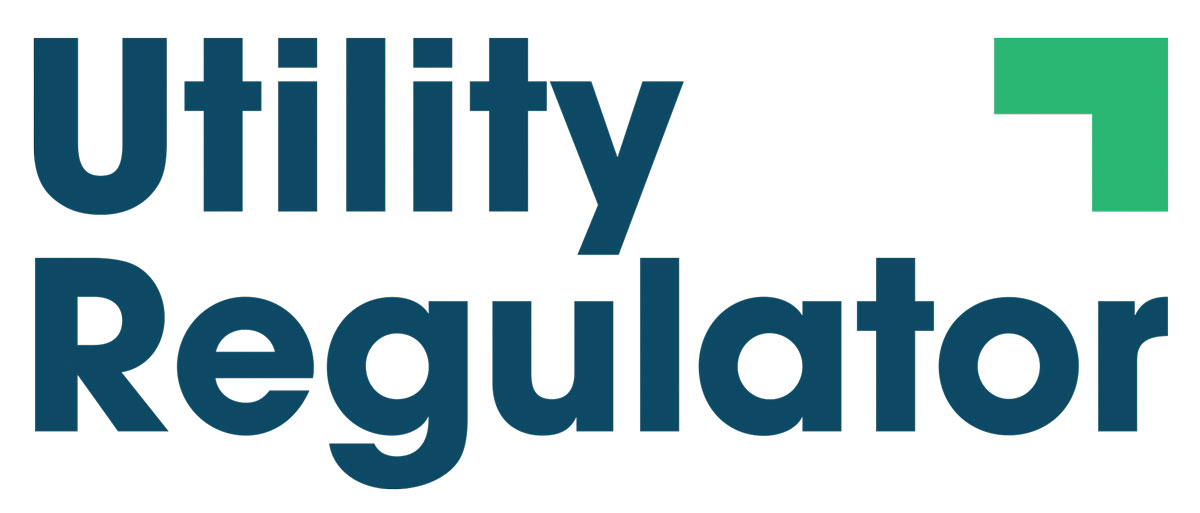
Filling the energy supply gap
27th May 2025
Limited progress on Energy Strategy target delivery
27th May 2025Northern Ireland’s energy: The full story

With the cost of energy never far from the top of people’s minds, agendaNi talks to John French, Chief Executive of the Utility Regulator in Northern Ireland, to get under the skin of how it all operates.
How do electricity and gas prices in Northern Ireland compare to Great Britain and the Republic of Ireland?
For an average domestic household in Northern Ireland, the combined electricity and gas price is just over £2,000 a year. This is around £100 cheaper than Great Britain and £500 cheaper than the Republic of Ireland.
For business consumers, electricity prices in Northern Ireland are below that of Great Britain, and, for most consumer categories, the Republic of Ireland also.
The Netherlands, Sweden, Finland, and Great Britain have the highest gas prices in Europe for medium and large business connections, with Northern Ireland being below this.
However, prices in Northern Ireland for both domestic and business customers remain higher than the EU-15 average.
What sets the price of electricity in Northern Ireland?
The price of electricity in Northern Ireland, and on the island of Ireland through the Single Electricity Market (SEM), is generally set by the price of international wholesale gas.
Northern Ireland still depends on gas-fired power stations to provide baseload power – ‘baseload’ is the minimum level of demand that is needed to be supplied to the electricity grid at any given time.
Due to our geography, we cannot use cheap pump storage or hydroelectric power, like in Norway, for baseload generation, nor is there the political appetite for nuclear power, which provides baseload generation in countries like France. Therefore, we need to continue to use gas to provide reliable baseload generation.
What is the Single Electricity Market (SEM)?
In 2004, it was agreed by the governments of Northern Ireland and the Republic of Ireland to develop a single electricity market for the island of Ireland. The idea was that, by combining the two electricity markets into one market, a more competitive, sustainable, and reliable electricity market could be developed.
The all-island market went live on 1 November 2007, and it enables wholesale electricity to be traded competitively on an all-island basis.
The market is jointly operated by the System Operator for Northern Ireland (SONI) and Eirgrid and is regulated by the Utility Regulator and the Commission for Regulation of Utilities which, along with two independent members, form the SEM Committee (SEMC).
Can we not provide all our generation needs from renewable energy?
Currently, wind and solar provide over 40 per cent of Northern Ireland’s electricity demand and that has enabled gas, coal, oil, and peat-fired generating plants to have had a diminishing role in the provision of electricity in our market.
Whilst renewables provide clean, carbon-free energy and are crucial to us achieving our net zero goals, as set out in the Climate Change Act (Northern Ireland) 2022, they still have not removed our dependency on gas. Wind turbines do not generate electricity on still days, and solar panels do not provide power at night or when it is dull and, as such, both of these fuels alone do not deliver our energy requirements on most days.
Therefore, we will still need gas-fired generation to provide electricity when the wind does not blow, or the sun does not shine, or both. Until technologies such as long-duration energy storage (batteries, etc.) and synchronous compensators (large flywheels) are developed and then rolled out, we will continue to need gas-fired power stations to provide back-up and baseload generation for Northern Ireland.
Do renewables have any effect on the cost of electricity?
Renewables have a dampening effect on the wholesale price of electricity. In Europe and Great Britain, a ‘merit order’ is used to decide the order in which generators provide electricity to the grid.
In this agreed model, interconnectors (between Great Britain and Ireland) have the first call on providing electricity into the market. Then renewables, and then fossil fuel power stations.
It is the generating plant that is “last on” that sets the price, which normally, in the all-island market, is a gas-fired power station. Therefore, it is the cost of natural gas which sets the price of electricity in Northern Ireland.
A rough analogy of this is the penalty shootout in football, where the person who scores the last penalty decides the result. So, renewables are selected early in the merit order, but it is the last provider, most likely a gas-fired power station or a unit with a similar price, that decides the result and sets the price.
Why do some countries in Europe have cheaper electricity than Northern Ireland?
Countries that do not use gas, or that use less gas, as their baseload generation currently have cheaper prices than Northern Ireland. So, those Alpine and Nordic countries that use hydroelectric power as their baseload generation, or those that use nuclear power, such as France, tend to have cheaper electricity prices than Northern Ireland.
Why can wind and solar not provide baseload generation?
Unfortunately, wind and solar cannot be called upon 100 per cent of the time, as we cannot just turn on and off the wind and sunshine as and when required. Therefore, to make sure the ‘lights stay on’ we need to ensure we have a reliable source of electricity generation. Currently, in Northern Ireland, that reliable source is the gas-fired power stations at Ballylumford, Coolkeeragh and Kilroot, combined with the Moyle Interconnector (which runs between Ayrshire and County Antrim) and the interconnectors with the Republic of Ireland.
Is all electricity generation reliable?
All electricity is the same quality. However, not all is predictable. Wind output, for example, will fluctuate due to the variability of wind. It also does not provide the large quantities of inertia that are needed to run a secure system. The grid currently, therefore, needs conventional power stations to keep it steady and stable.
Conventional power stations are built around heavy rotating equipment, which helps to stabilise the grid by absorbing sudden fluctuations in supply and demand, ensuring the electricity frequency remains within acceptable limits.
As technology improves with the use of smart grids and other technologies such as synchronous compensators, the reliance on conventional power stations will reduce. But, as the recent blackouts in Spain and Portugal show, there is value in grid stability.
“We need to explore whether we can completely cut our link with international gas prices.”
How can we maximise the availability of the renewable energy we currently have?
To utilise the renewable energy we currently have most efficiently, we will need to build new transmission and distribution electricity power lines to enable it to be successfully transported from the point of generation to the point of need. One such project, the proposed North South Interconnector, is estimated by SONI to be able to save customers across the island of Ireland £55,000 per day, as electricity will be able to flow more efficiently North to South and vice versa.
What can be done to reduce the price of our electricity in Northern Ireland?
The electricity price in Northern Ireland will only significantly reduce when we can reduce and then remove our dependency on natural gas as our baseload generation source, and replace it with a cheaper alternative.
In the short term, electricity prices will only significantly reduce if the wholesale price of gas reduces. In the last five years, we have seen gas prices rise from their historic norms of 50-60 pence per therm, to, at times, prices around £6 per therm, following Russia’s invasion of Ukraine. Recently, gas prices following President Trump’s election have fallen back to around 80 pence per therm. However, we have seen that the market remains ‘jittery’ and reacts to issues such as conflicts in the Middle East, and India-Pakistan.
In addition, prices could reduce with further interconnection between the SEM and Europe. The Celtic Interconnector between France and Ireland will connect the SEM with continental Europe and this should put a downward pressure on the cost of electricity, whilst providing secure and low-carbon electricity for all-island consumers. Operation trials are due to commence in 2026.
In the medium term, greater interconnection between Northern Ireland and the Republic of Ireland will significantly help to reduce the cost of energy within the SEM. It will enable the grid to operate more effectively and provide a ‘route to market’ for renewables produced in Northern Ireland. It could also reduce the need for baseload gas generation across the island of Ireland, further increasing the availability of renewables within the ‘merit order’.
In addition, more efficient electricity market coupling with Great Britain would help to reduce prices, as it would enable more efficient (‘day ahead’) trading between the two markets, which has been absent since the UK’s exit from the European Union.
The SEM Committee is also encouraging greater development of technologies such as long-term battery storage, synchronous compensators and pump-hydro, which will maximise our use of renewables and reduce the use of gas as our baseload technology.
In the longer term, we need to explore whether we can completely cut our link with international gas prices. For example, could our indigenous gas-fired power stations use fuels that are locally produced, such as green hydrogen from offshore wind, to generate low-carbon baseload electricity that is not connected to price fluctuations of the international gas prices.
What is the Utility Regulator doing?
Our current Corporate Strategy, which runs through to 2029, is about protecting consumers on the way to net zero. Through this strategy, we have four main objectives around supporting the just transition to net zero, securing our energy supply and water services, enabling best in class energy and water companies, and providing the highest level of consumer service and protection.
In addition, we are looking to constantly improve the way we regulate the energy and water sectors, by being more data-led, increasing the pace and predictability of regulatory decisions and streamlining our processes to ensure we can play our part in protecting consumers and using our current statutory remit to make energy more affordable, sustainable and secure.
An example of this is our recent announcement which agreed a £2.23 billion investment in NIE Networks’ grid infrastructure, which will make the grid more resilient and support the uptake of low-carbon technologies, such as electric vehicles and heat pumps.
We continue to work with our partner, the Commission for Regulation of Utilities in Ireland, in the SEM to develop the electricity market on the island of Ireland to meet the challenges of ‘keeping the lights on’, meeting both countries’ climate change goals and making electricity affordable to households and businesses to reduce fuel poverty and increase economic growth.
We are also working with the Department for the Economy on issues such as smart meters, which will support consumers to make more agile decisions on how and when they use their electricity, which could also help reduce electricity bills.
The energy transition is difficult, as we are dealing with complex, interconnected systems and international markets, but through this transition we need to keep a laser focus on the costs it is incurring for consumers and see what can be done to reduce our dependency on international gas prices, whilst ensuring there is a secure source of electricity to light our homes, cook our dinners, and power our businesses.



